 Sailing on the road
Sailing on the road
The ride is as important as the interior space for a majority of luxury connoisseurs. They just demand one simple thing – outstanding driving comfort, no matter what speed or surface the car is being driven at. Now that’s not asking for too much, or is it?
The long version of the 7 Series boasts of a self-levelling air suspension at the rear that offers a consistent ride height. The BMW wears 245/50 R18 run flat tyres and features new shock-absorbers that send information 400 times a second to the dynamic damping control (DDC) system and are now  independently adjustable for both compression and rebound damping. This means that the dampers adapt to the state of the road irrespective of which DDC mode is selected. There are other good optional features such as the integral active steering system which varies the steering angle of the rear wheels, thus improving safety, stability and comfort even at high speeds, bends or while changing lanes and ensures better handling in brake manoeuvres. But the run-flat tyres play spoilsport over bumpy surfaces, which are unfortunately common in our country, making the ride quality stiff. A problem if you sign your seven-digit cheques on board.
independently adjustable for both compression and rebound damping. This means that the dampers adapt to the state of the road irrespective of which DDC mode is selected. There are other good optional features such as the integral active steering system which varies the steering angle of the rear wheels, thus improving safety, stability and comfort even at high speeds, bends or while changing lanes and ensures better handling in brake manoeuvres. But the run-flat tyres play spoilsport over bumpy surfaces, which are unfortunately common in our country, making the ride quality stiff. A problem if you sign your seven-digit cheques on board.
The Mercedes runs on 255/45 R18 tyres and is equipped with multi-link suspension and AIRMATIC system that works in combination with a fully automatic damping adjustment, like the one in BMW, which continually adjusts to the driving situation. In addition, the vehicle can be raised on poor or unfavourable stretches of road to increase ground clearance. When driving continually at a high speed the vehicle is automatically lowered, which improves handling and reduces wind resistance, an additional contribution to reducing fuel consumption. The collaborative effort of these technologies make the ride quality of the Tri-Star very soft and comfortable, enabling it to sail over bad roads without you spilling your Colombian coffee on your Italian tuxedo.
 Compared to the other two sedans, the Audi A8 sports the tallest 18-inch alloy wheels in 235/55 R18 profile. The only car in this comparison to feature the quattro or all-wheel-drive, that inspires confidence while entering turns at higher speeds by resisting under- or oversteer and maintaining a solid grip. The more slippery the conditions, the bigger the advantage of the all-wheel-drive. If you are a driving enthusiast and like to take your prized possession for an occasional spin, then adding the optional Sport rear differential to the quattro kit is worth every rupee. You can even use the MMI control system to adjust setting for the suspension damping, active steering weight and ratio, along with throttle and gearshift strategy. Its light weight and sporty engine paired with the dynamic ride quality make the Audi the sportscar of this segment. The aluminium bodyshell makes a stiff yet light base which further enhances the ride comfort. The best way to experience this is to go over bad roads at low speeds and watch all the bumps and thuds get mopped clean. The A8L wraps around you and feels smaller to drive and its steering is much lighter than the 750Li and transmits better information from the tyres. All this and along with the beautiful new interior of the A8L is what will probably attract the attention of luxury-car buyers towards itself.
Compared to the other two sedans, the Audi A8 sports the tallest 18-inch alloy wheels in 235/55 R18 profile. The only car in this comparison to feature the quattro or all-wheel-drive, that inspires confidence while entering turns at higher speeds by resisting under- or oversteer and maintaining a solid grip. The more slippery the conditions, the bigger the advantage of the all-wheel-drive. If you are a driving enthusiast and like to take your prized possession for an occasional spin, then adding the optional Sport rear differential to the quattro kit is worth every rupee. You can even use the MMI control system to adjust setting for the suspension damping, active steering weight and ratio, along with throttle and gearshift strategy. Its light weight and sporty engine paired with the dynamic ride quality make the Audi the sportscar of this segment. The aluminium bodyshell makes a stiff yet light base which further enhances the ride comfort. The best way to experience this is to go over bad roads at low speeds and watch all the bumps and thuds get mopped clean. The A8L wraps around you and feels smaller to drive and its steering is much lighter than the 750Li and transmits better information from the tyres. All this and along with the beautiful new interior of the A8L is what will probably attract the attention of luxury-car buyers towards itself.

 I know that the fuel efficiency might not matter much in this segment, but it should because of the carbon footprint cars leave behind. The BMW 750Li gives an average fuel economy of 6.2 km per litre, while the new Audi A8L does 6.75 km/l and the Mercedes S500L returns 7.4 km/l.
I know that the fuel efficiency might not matter much in this segment, but it should because of the carbon footprint cars leave behind. The BMW 750Li gives an average fuel economy of 6.2 km per litre, while the new Audi A8L does 6.75 km/l and the Mercedes S500L returns 7.4 km/l.

 Defence mechanism
Defence mechanism
The 7 Series and the S-Class also have night-vision features. The BMW uses a thermal-imaging camera mounted in the front bumper. The body heat of humans and animals crossing your path or on the side of it shows up as bright spots on the display through the iDrive screen on the dashboard. Adding to this safety feature is a new pedestrian-detection system that highlights potential hazards on the screen with bright yellow triangles and audible warnings. The Benz uses a near-infra-red camera, which requires a special set of lights in the headlamp cluster to produce a luminous image on the instrument screen. All relevant information is displayed on the COMAND’s eight-inch screen, which sits in the driver’s central field of vision. This way you always have your central settings before your eyes. The Audi offers a radar at the front, thermal-based night-vision camera hidden in the right-most ring of the grille’s four-ring badge and rear-facing radar. All you need to do is select all the driver-assist tools through the MMI and then the adaptive cruise determines whether the car in the rear is too close for comfort or if the adjacent lanes are clear while overtaking. It also keeps a tab on whether you’re changing lanes, if there is a crossing coming up using the navigation system and even if the car in front has a turn signal on (using the front camera); then it adjusts your car speed accordingly. There’s more. The systems offer collision mitigation, lane departure warning and stop-go active cruise and infra-red night vision that recognises pedestrians and cyclists and alerts you through the display between the speedometer and tachometer, if they encroach upon your path. Scary technology, but doubly reassuring for all the passengers of the car.

 Verdict
Verdict
Until now the majestic S-Class had been the ruler in this segment for various reasons – comfort, space, luxury, quality and the Tri-Star marque. It is like a royal cruise that ferries the owner around town with panache and wrapped in luxury. But as the sun sets for this model and until the rise of the next, the Mercedes for now have to give way to newer technology and fresher styling. Nevertheless, if you belong to the old school of thought, then this is an obvious choice.
The BMW is like a warhorse – it’s fast, brawny and very powerful, making it the fastest car in this shoot-out to reach the 100 km/h mark. The build quality, road grip and performance are second to none; just that the design of the interior and exterior is not as appealing. It has the characteristic heavy steering and firm ride quality ideal for the outgoing types and might not be suitable for the sensitive kinds.
 The A8 has four years’ advantage over the S500 and even the latest 7 Series is a couple of years older; giving the Audi an upper hand. It offers the best of both worlds and is a royal cruise and a warhorse. It also has the most appealing design and is the only car equipped with quattro. It has enough puff to tailgate the BMW and has the lightest yet sharp steering which is better than the Mercedes. Despite being the largest in dimension, the A8 feels like a regular sedan while driving and offers the best combination of comfort and driving pleasure. So, if you enjoy driving and have a budget of Rs 1 crore for a luxury sedan, then buy the A8.
The A8 has four years’ advantage over the S500 and even the latest 7 Series is a couple of years older; giving the Audi an upper hand. It offers the best of both worlds and is a royal cruise and a warhorse. It also has the most appealing design and is the only car equipped with quattro. It has enough puff to tailgate the BMW and has the lightest yet sharp steering which is better than the Mercedes. Despite being the largest in dimension, the A8 feels like a regular sedan while driving and offers the best combination of comfort and driving pleasure. So, if you enjoy driving and have a budget of Rs 1 crore for a luxury sedan, then buy the A8.
CAPTIONS:
1.BMW’s all-round cameras offer a 360-degree view on the iDrive screen
2.The foot-rest makes the A8 supremely comfortable
3.Mercedes’ petite steering shift makes the dash look airy
4.Audi’s 4.2 FSI is a strong performer and offers 22 PS more than its forebear
5.Audi’s audio equipment and quality of the interiors makes it a place to be in
6.The A8 is a four seater with a fixed armrest and a control system
7.BMW’s seats are less contoured and firmer than Mercedes’ or Audi’s
8.The interior is good, but falls short of what the competitors offer
9.The Beemer’s brilliant 4,395-cc twin turbo V8 makes it the champion of speed
10.The S-Class offers the best rear legroom and is definitely the cosiest
11.The interior of the Merc is a good mix of traditional styling and modern technology
12.The smooth, 5,461-cc, V8 petrol engine is the largest among the three
BLURB
the A8 is a royal cruise and a warhorse, with the most appealing design and the quattro


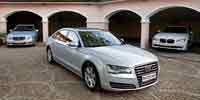

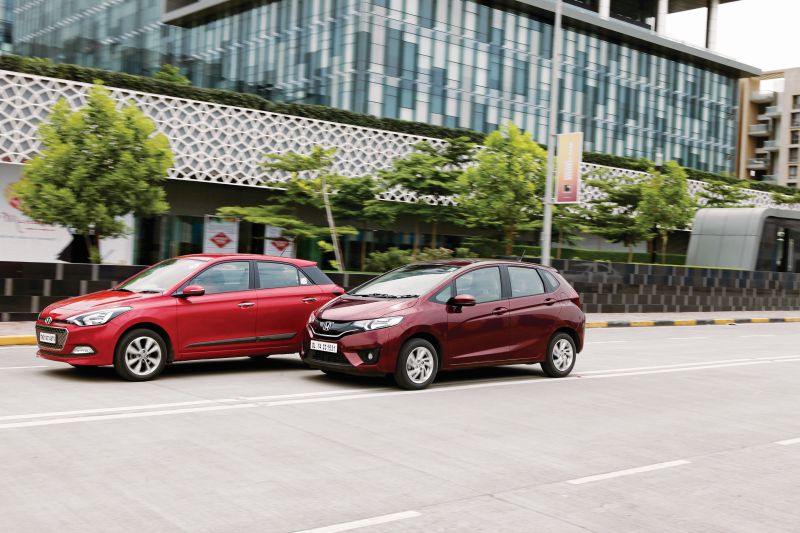
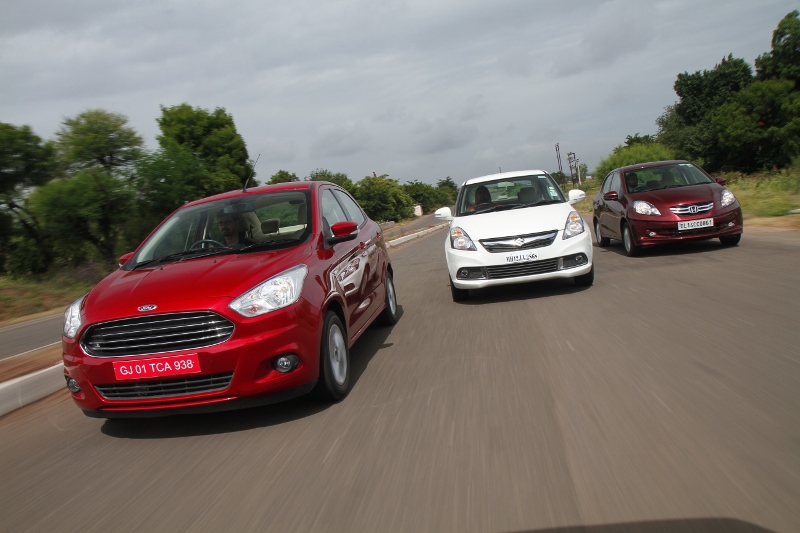
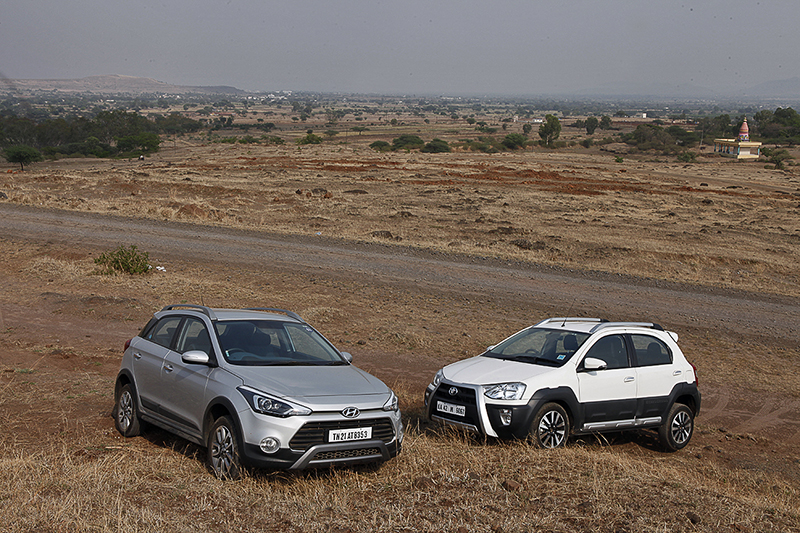
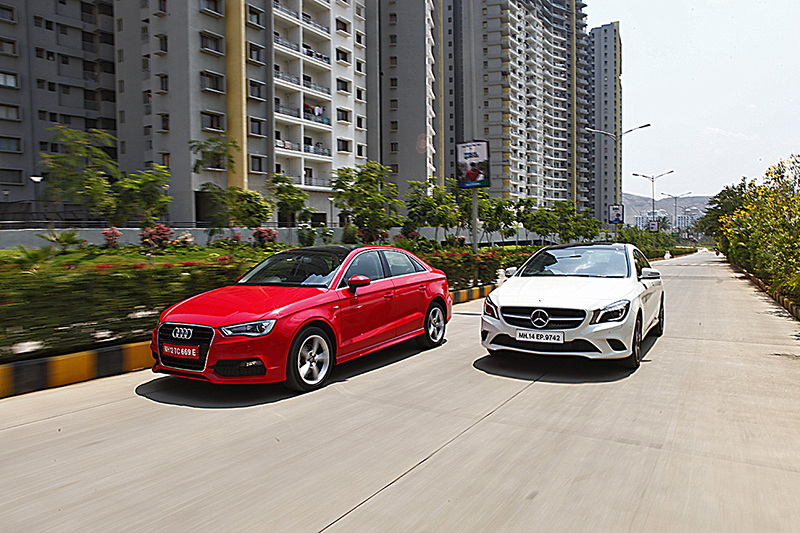
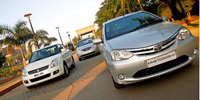

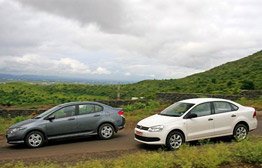
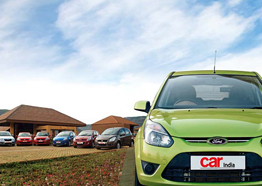
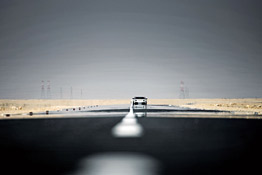
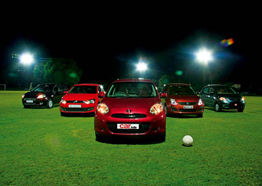




Leave a Reply